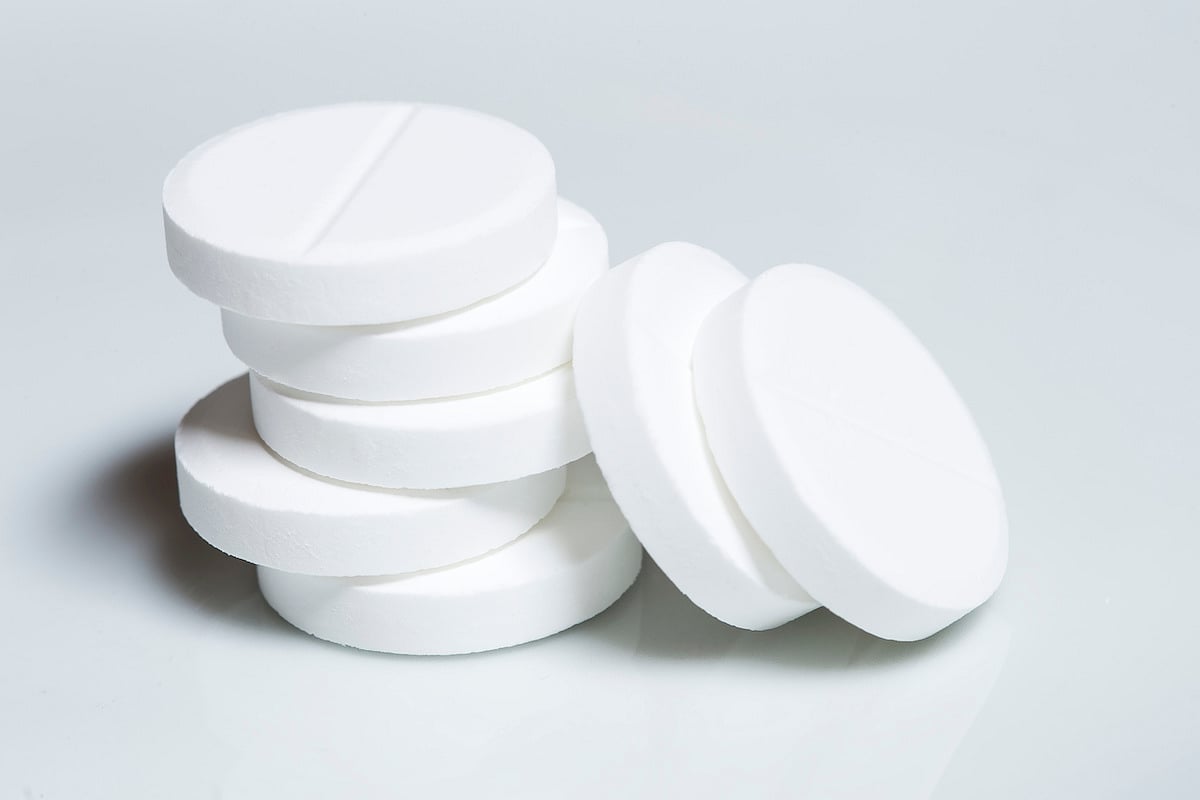Photo Credit: iStock.com/HengDao
The following is a summary of “PCSK9 Inhibitors and the Risk of Vitiligo: A Mendelian Randomization Study,” published in the April 2025 issue of Journal of Investigative Dermatology by Kang et al.
Lipid-lowering agents have been proposed as a potential treatment for vitiligo due to the suggested role of lipid metabolism abnormalities in its development.
Researchers conducted a retrospective study to evaluate the potential effectiveness of lipid-lowering agents in treating vitiligo based on the role of lipid metabolism abnormalities in its development.
They extracted GWAS summary statistics for European ancestry from the largest meta-analysis available for vitiligo, the Global Lipids Genetics Consortium, covering 7 lipid profiles, and from 2 large biobanks (UK Biobank and deCODE) with 4719 proteins. Lipid-lowering agents with genetically proxied protective effects against vitiligo were identified using lipid-lowering and protein-inhibition Mendelian randomization (MR) analyses. Multivariable and 2-step MR analyses were then conducted to identify potential mediators between lipid-lowering agents and vitiligo.
The results showed that lipid-lowering MR indicated a potential role of PCSK9 in reducing vitiligo risk (OR [95% CI] = 0.71 [0.52–0.95]), with replication in PCSK9-inhibition MR analyses across 2 biobanks (UK Biobank: OR [95% CI] = 0.82 [0.71–0.96]; deCODE: OR [95% CI] = 0.78 [0.67–0.91]). Multivariable MR suggested that well-known lipid profiles did not mediate the relationship between PCSK9 and vitiligo, while 2-step MR identified 5 potential protein mediators: CCN5, CXCL12, FCRL1, legumain, and FGF2.
Investigators concluded that PCSK9 inhibitors might reduce the risk of vitiligo and that PCSK9, along with potential protein mediators, could represent promising new therapeutic targets for effectively treating the condition.
Source: jidonline.org/article/S0022-202X(24)01985-7/fulltext














Create Post
Twitter/X Preview
Logout